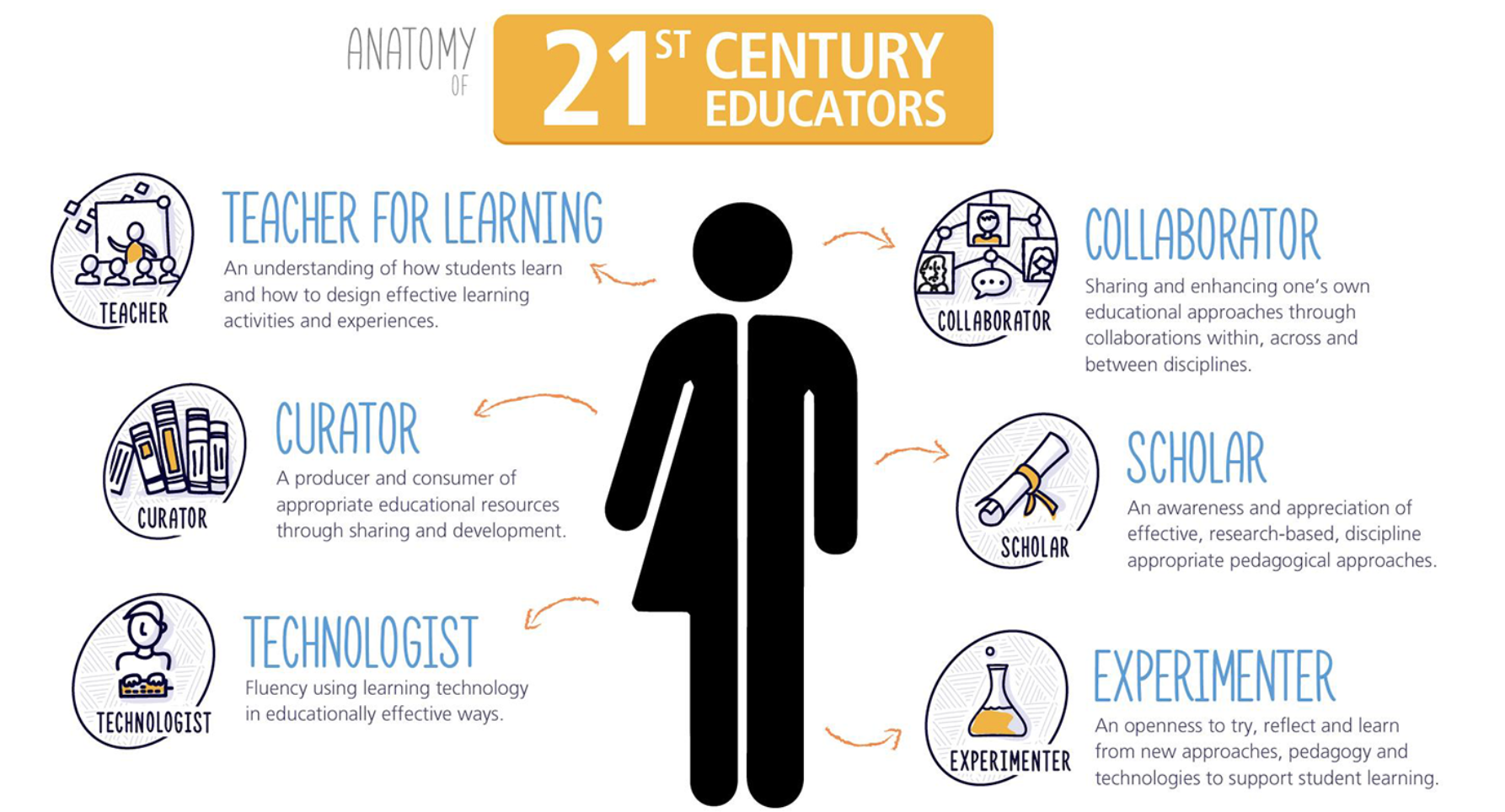Good Games & Good Learning
As I write this, I am reflecting on each of these elements and how they are reflective of my experiences with the PhD program, PhD communities and/or affinity spaces, but also on my experiences with eCampus Ontario in the Ontario Extend spaces. This is based on key points posited by James Paul Gee in his book Literacy in Education (2015).
Gee, J. P. (2015). Literacy and education. New York, NY: Routledge.
FOUR SENTENCE SUMMARY: Gee presents a retrospective that recombines ideas from a large number of sources relevant to the history, definition, human experiences, and new forms of learning that shape understandings about literacy. With a sociocultural view of literacy, Gee (2015) shares a personal perspective and story into how literacy has “broadened into new literacies with words, signs, and deeds in contexts enhanced, augmented, and transformed by new technologies” (p 1) by: (1) examining the dilemmas surrounding literacy; (2) exploring the historical context from early Greece, the writing of Walter Ong, Freire and emancipatory literacy, the work of Ron Scollon, and the new literacy studies; (3) connecting literacy to oral language, the social mind, and Discourses; and (4) sharing how digital literacies are supported by affinity spaces. Gee posits that literacy is not a minor topic in order to enhance the “story of the social mind in search of ever further reaches of meaning making in the service of new forms of life and new worlds” (p. 135). This book studies the way that “we humans make meaning with technologies create the social and cultural geography of human practices, groups, and institutions, for better and worse” (p. 135).
These are the key points that connect good gaming principles with good learning. (consider these to be enclosed in direct quotes as they are transcribed as Gee wrote them)
Good games (together with their associated affinity spaces) and good learning systems in general have the following properties (p. 131-133).
- They focus on well-ordered problems, not facts or information alone.
- They help learners develop crucial non-cognitive skills like being able to accept challenges, to persist past failure, to engage in lots of deliberate practice through proactive effort and passion (Tough, 2012).
- They give learners good tools with which to solve problems, including other players in multiplayer gaming, and facts, maps, graphs, and information when needed.
- The have clear goals but, nonetheless, they encourage learners to rethink their goals from time to time.
- They lower the cost of failure so that learners will explore, take risks, seek alternative solutions, and try new styles of play and learning.
- They put performance before competence, and they put experiences and actions before words and texts. This means learners learn by doing and that they have images and experiences to give deep meaning to the words and texts they read later to resource their play and learning.
- They give copious feedback, and they assess all along the way to ensure that the learner is always well prepared for what comes next.
- They encourage learners and mentor learners to extend and articulate their knowledge (e.g., in affinity spaces) and even produce new knowledge and designs (e.g. by learning to ‘mod’ – modify – games).
- They ensure that at each new level learners face new problesm that challenge the routine mastery they have developed through lots of practice on the last level. This has been called “the cycle of expertise” (Bereiter & Scardamalia, 1993; Gee, 2007). … learning systems, like games, should involve “level design” and how good level design helps learners “level up”, that is, reach ever higher levels across time.
- They hold everyone to the same high standard, but they allow learners to reach these standards in different ways and in different amounts of time. It does not really matter where or when a learner has started, only where he/she finishes.
- They deal with transfer as “preparation for future learning”. You can see how well learners have learned by seeing how well they do in similar later and harder learning or problems in life.
- They teach learners to collaborate to solve hard problems and allow them to organize some of their own teaching and learning in terms of interests and passions they share with others.
- Gamers have to think like designers to play the games since they have to figure out how the “rule system” in the game works and how it can be used to accomplish their goals. They can go further and ‘mod’ the game (make new levels or versions) by using the design software by which the game was made. So too, learners should learn to think like teachers, to teach others, and be able to ‘mod’ the curriculum.
“Teaching that accomplishes all of the above factors I will call Teaching as Design (TAD) – that is, designing good experiences where students solve problems.” (Gee, 2015, p. 133)
So, with these key points, I can build a reflection on the OEFellows and eCampus Ontario Extend program as reflective of affinity spaces, as outlined by Gee as well as it compares/contrasts to these key points about good learning, and how these are also reflective of good teaching.
